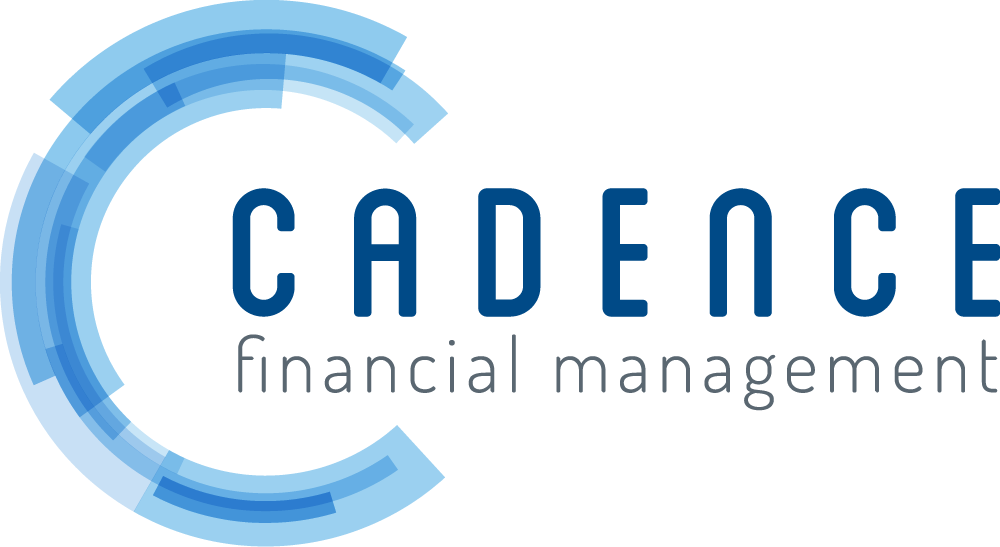Rate Cuts and Retirement: Navigating Change
The Federal Reserve’s recent 50 basis point interest rate cut, with more reductions expected by year’s end, may leave employees wondering what it means for their retirement savings — and their overall financial picture. Younger workers might question how this reduction compares to the significant pandemic-era emergency rate cuts in 2020, while those nearing or already in retirement will likely have different concerns. Employers can play a critical role in helping to guide their workforce through changing economic conditions by providing tools, personalizing communications — and promoting long-term investment strategies.
Help participants understand the impact. Many employees may not fully grasp how rate cuts might affect their own financial situation. Offering clear, concise explanations about how lower interest rates influence saving and investing strategies, borrowing costs and long-term financial health can help reduce confusion and concern. Tailor messaging to employees’ individual financial circumstances, offering insights on things like refinancing, borrowing, and retirement savings contributions that empower them to make more informed decisions.
Provide clear communication across multiple channels. Timely, transparent communication is crucial during any period of economic change. Use a variety of channels — including email, printed materials, videos, webinars and in-person meetings — to ensure participants can access information in the format of their choice.
Encourage a long-term financial mindset. Advise employees against making reactionary changes to long-term investment strategies out of fear or uncertainty. Reinforce the importance of appropriate diversification and staying the course to maintain financial stability, even amid economic fluctuations
Promote holistic financial reviews. Because interest rate changes can impact numerous aspects of one’s personal finances, this is a good time to encourage employees to take a comprehensive look at their overall financial health. Reviews should encompass not just retirement savings, but also debt management, refinancing options and investment diversification strategies.
Help Employees Remain Vigilant About Fraud
Rapid economic changes can create opportunities for bad actors. Caution workers to be wary about potentially fraudulent refinancing offers or other schemes designed to exploit confusion. Increase awareness and offer resources to help employees avoid falling victim to scams.
Facilitate access to one-on-one advising. Participants nearing or already in retirement may feel the most pressure in this economic climate, prompting questions about whether they should adjust their asset allocation, savings, and retirement income strategies. Offering one-on-one financial counseling allows them to ask specific questions and get personalized advice based on their unique situation.
Stay Calm — and Stay the Course
Remind employees of the value of employer contributions to their retirement plan, even during a changing interest rate environment. Emphasize that market fluctuations and rate cuts are a normal part of economic cycles — but employer contributions to their retirement plan can remain a steady source of savings as they remain focused on long-term financial goals.
This material was created to provide accurate and reliable information on the subjects covered but should not be regarded as a complete analysis of these subjects. It is not intended to provide specific legal, tax or other professional advice. The services of an appropriate professional should be sought regarding your individual situation. The material presented was created by RPAG. Securities, investment advisory, and financial planning services offered through qualified registered representatives of MML Investors Services, LLC. Member SIPC (www.sipc.com). Supervisory Office: 16 Campus Blvd, Newtown Square, PA 19073. Cadence Financial Management, LLC is not a subsidiary or affiliate of MML Investors Services, LLC or its affiliated companies.
